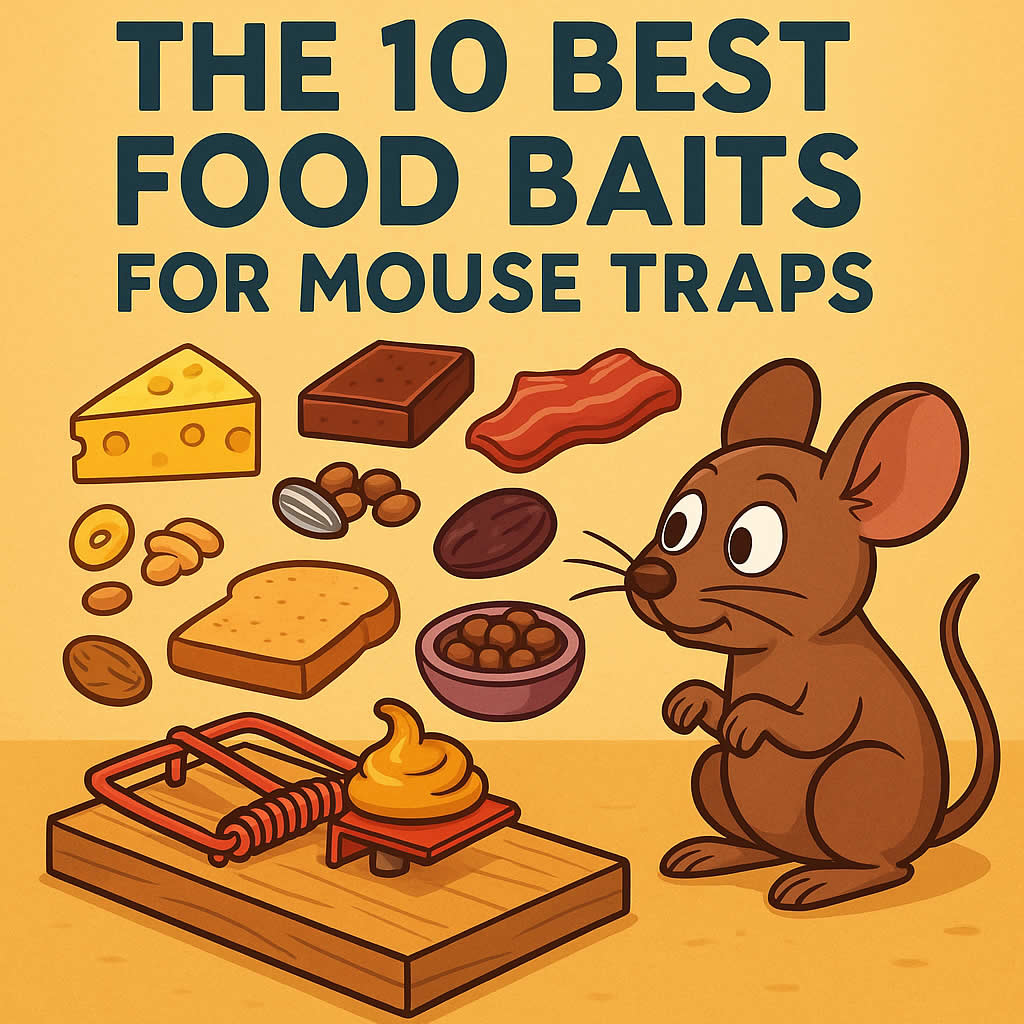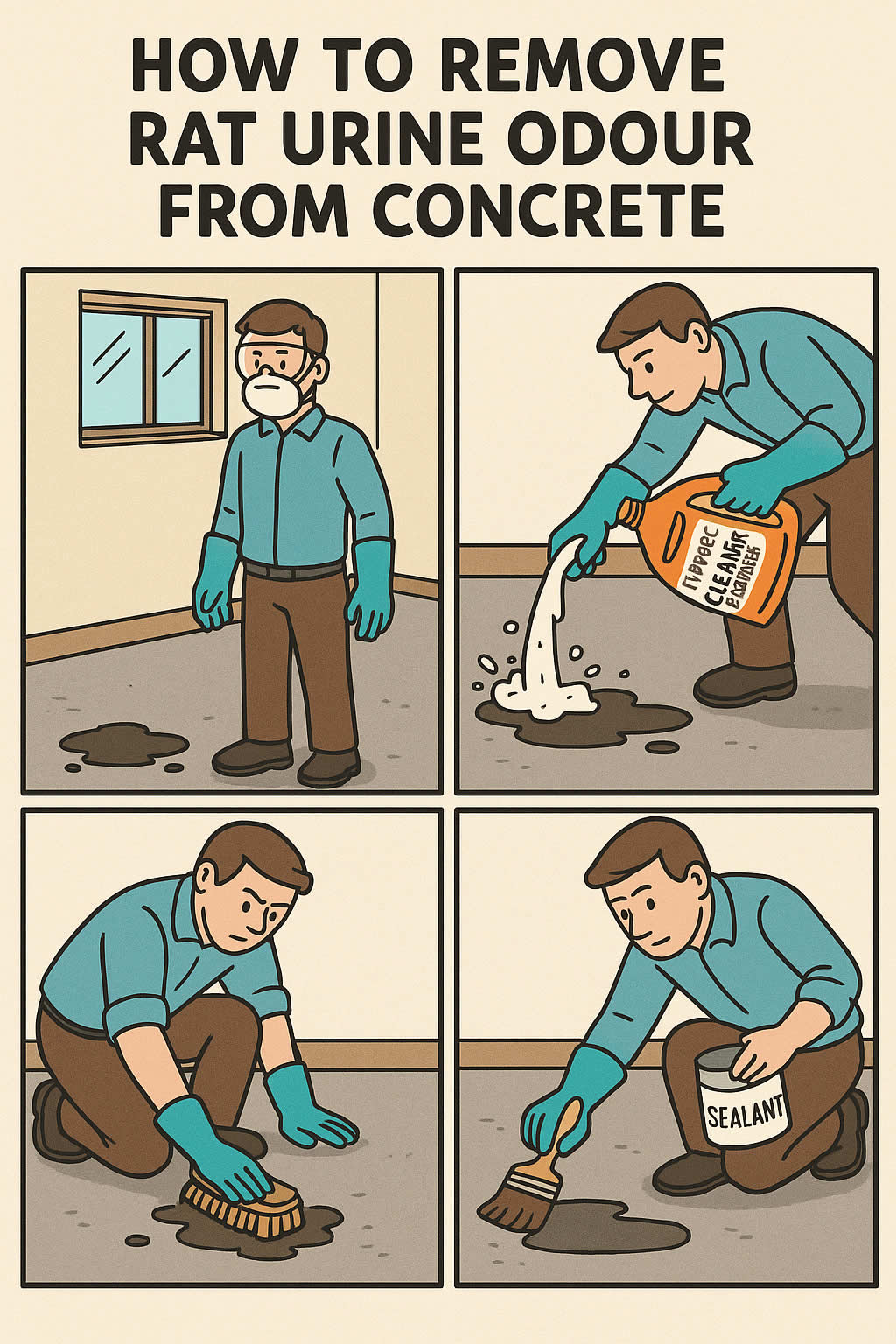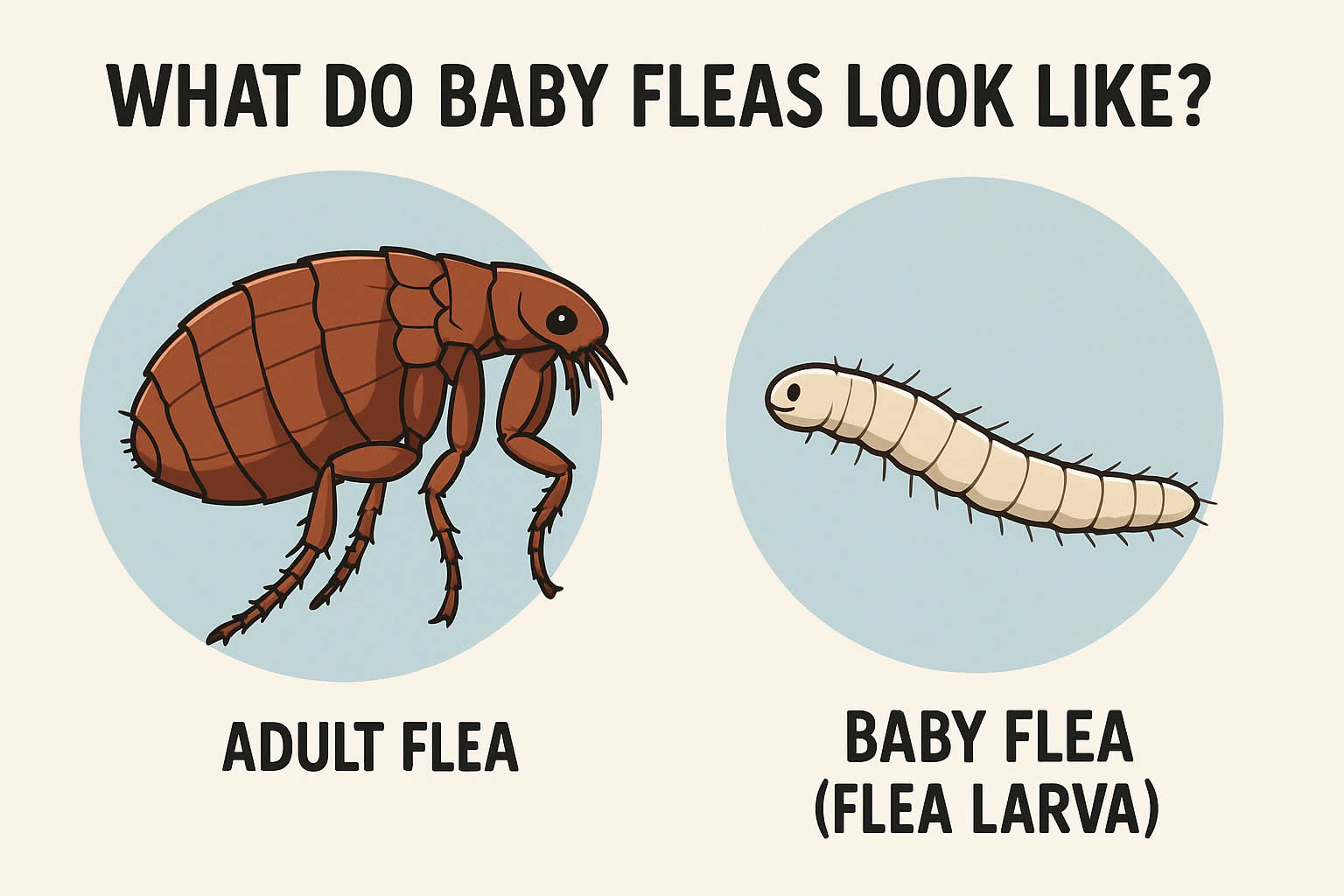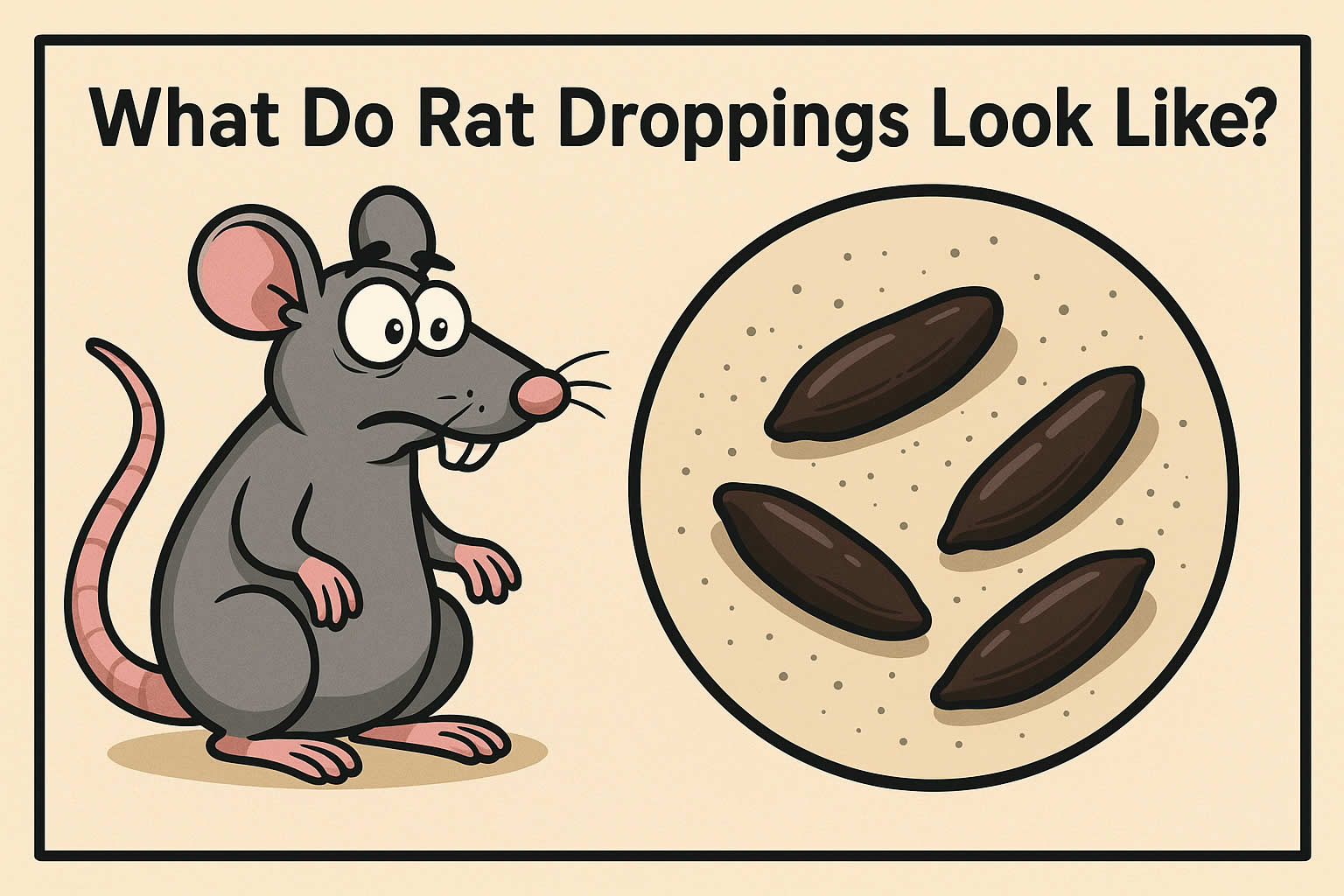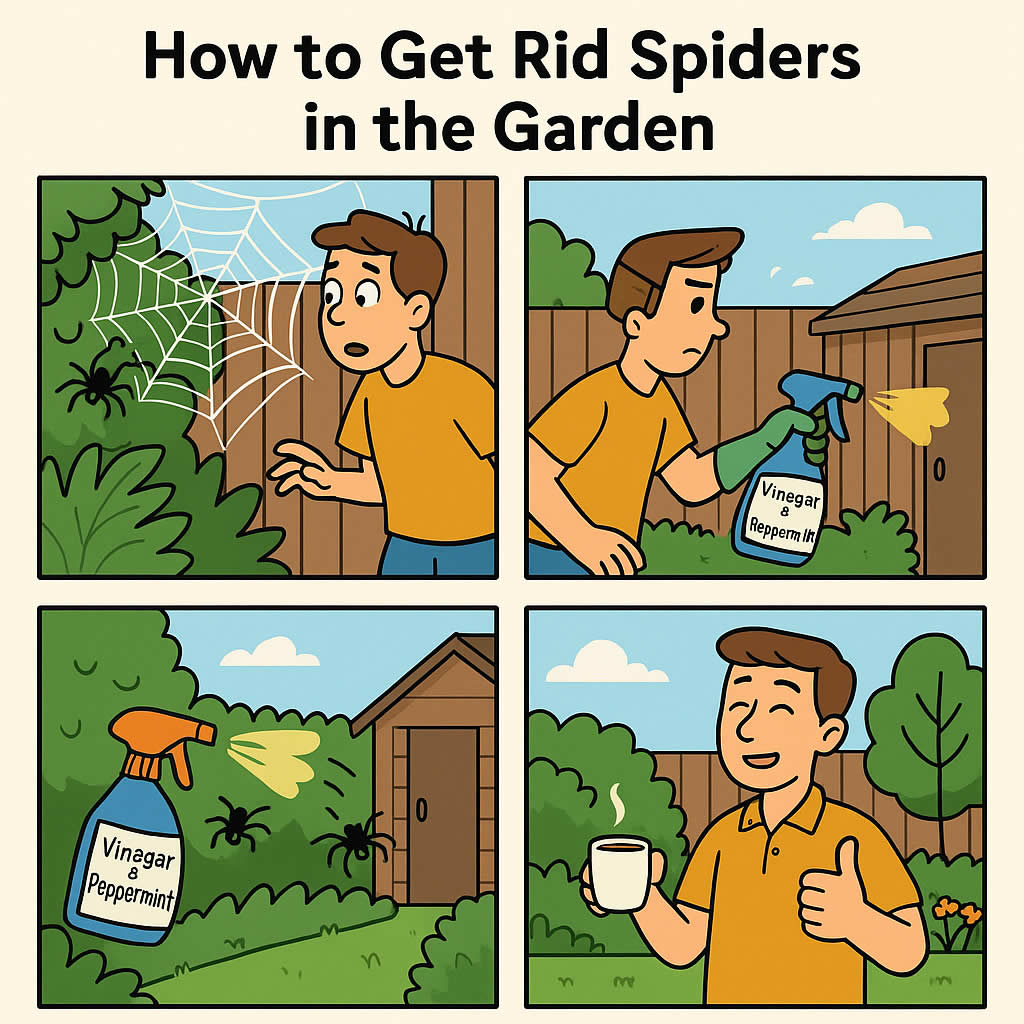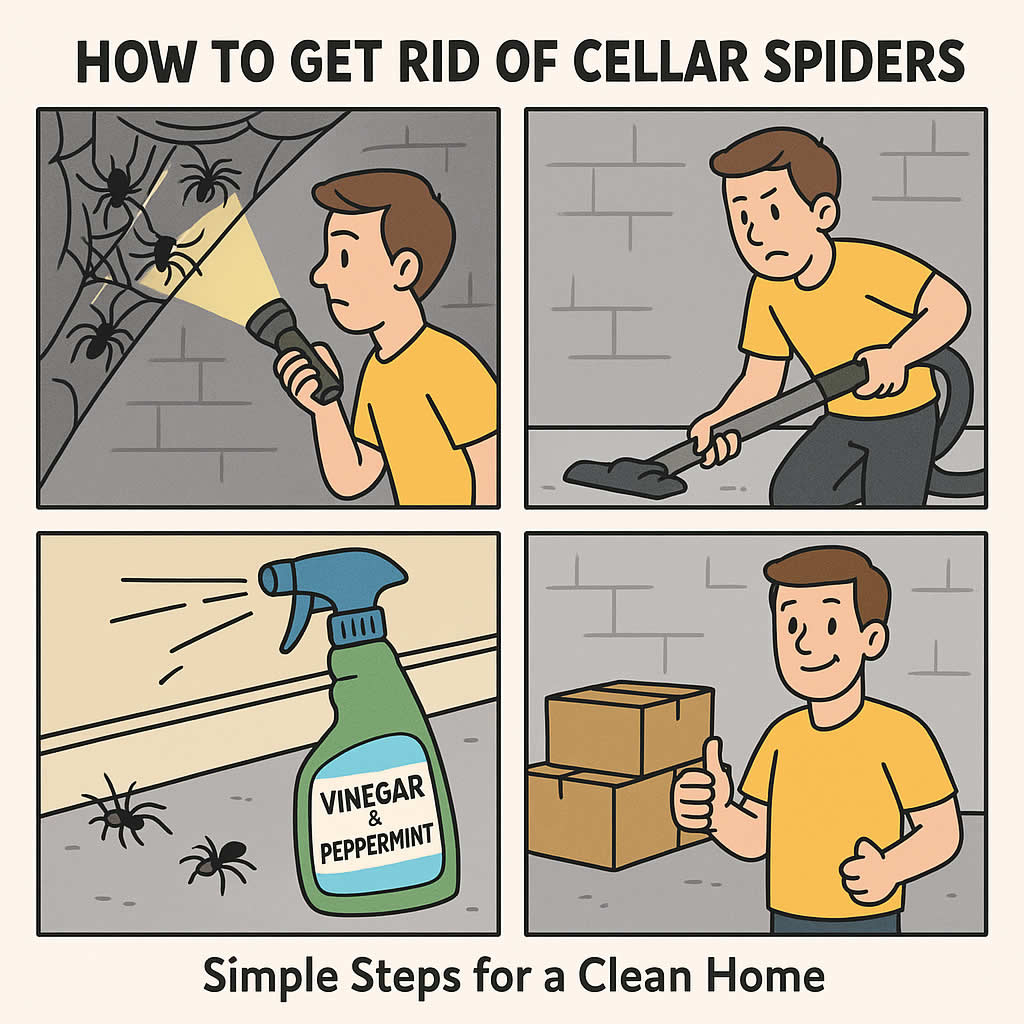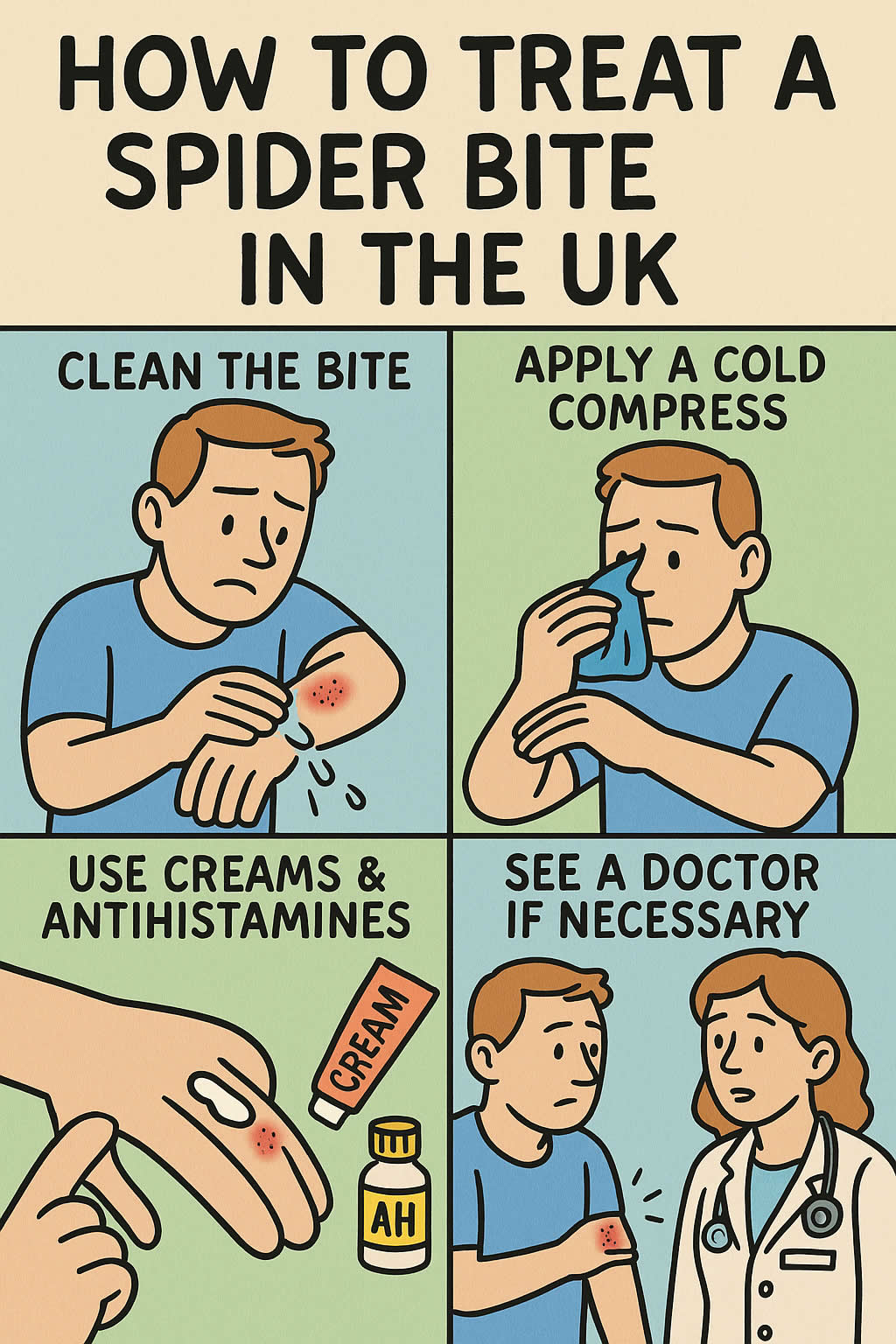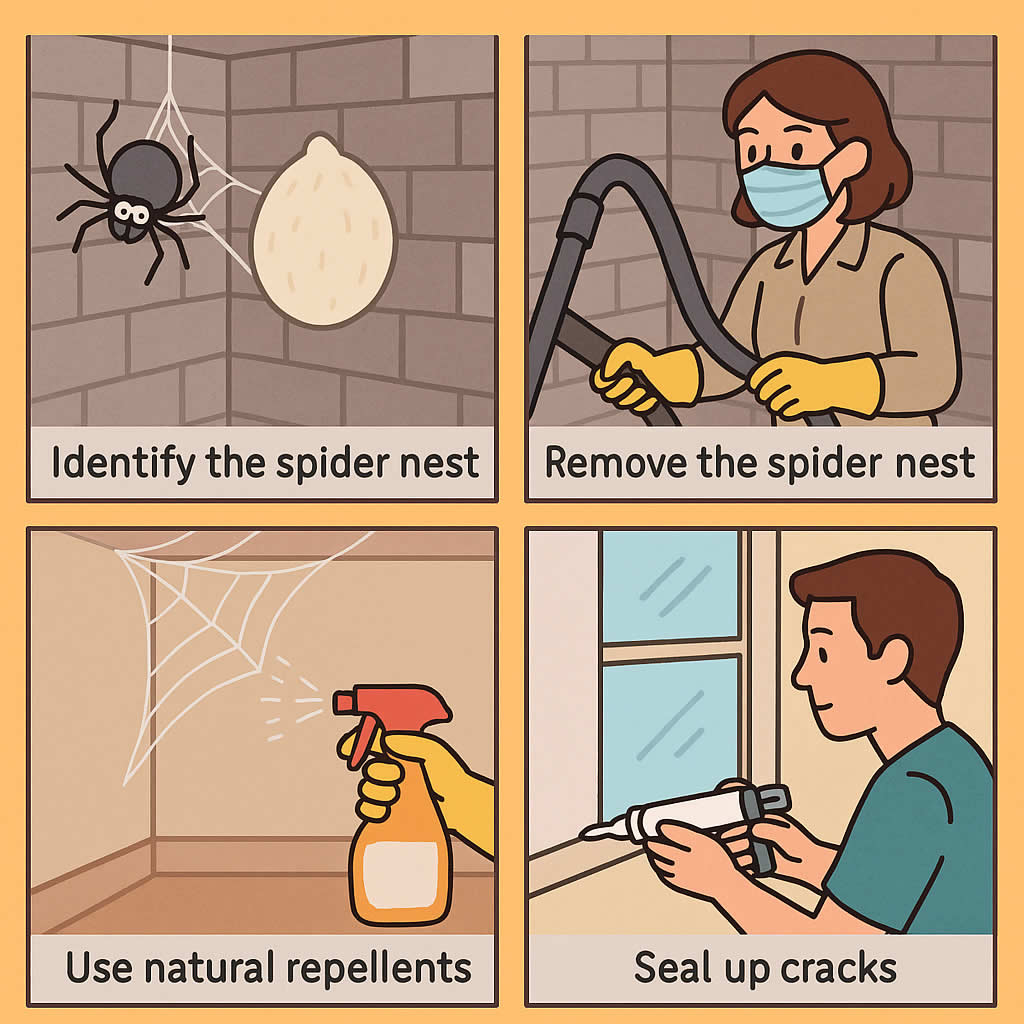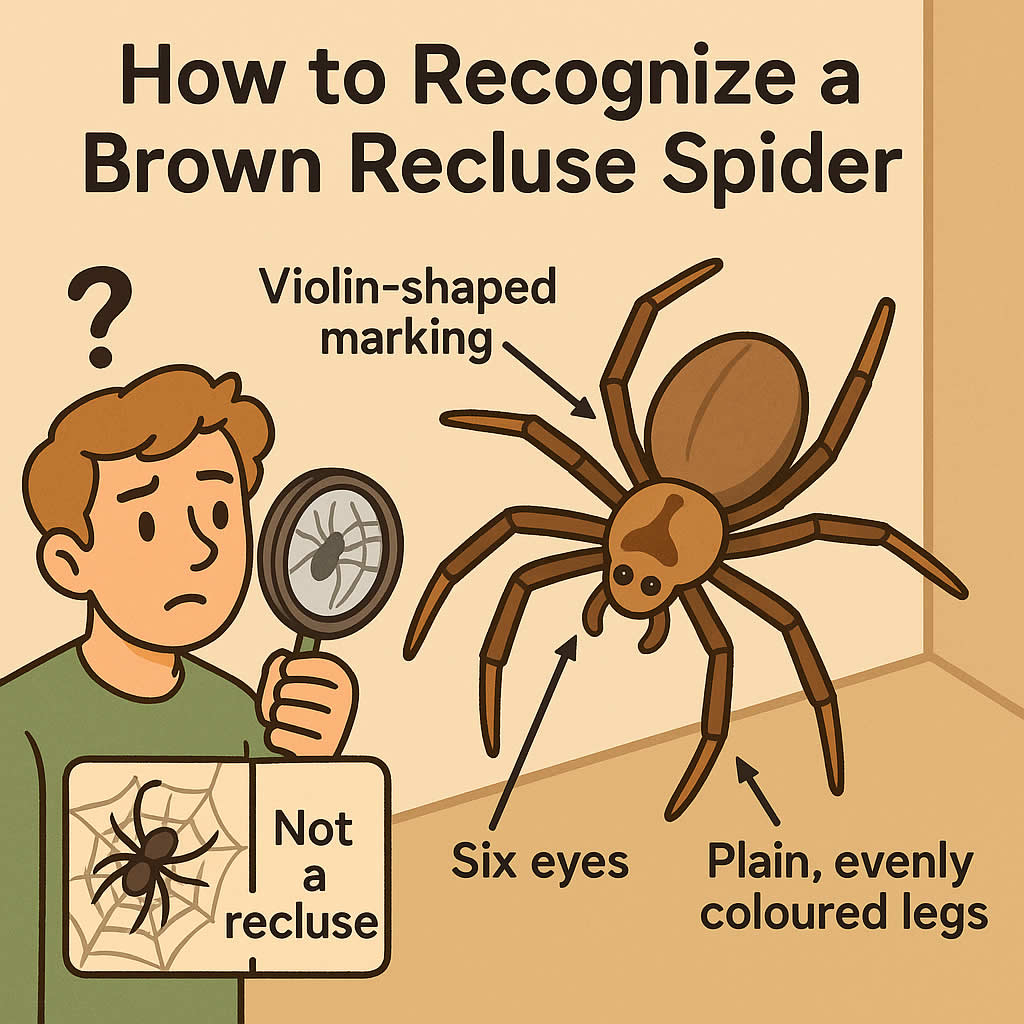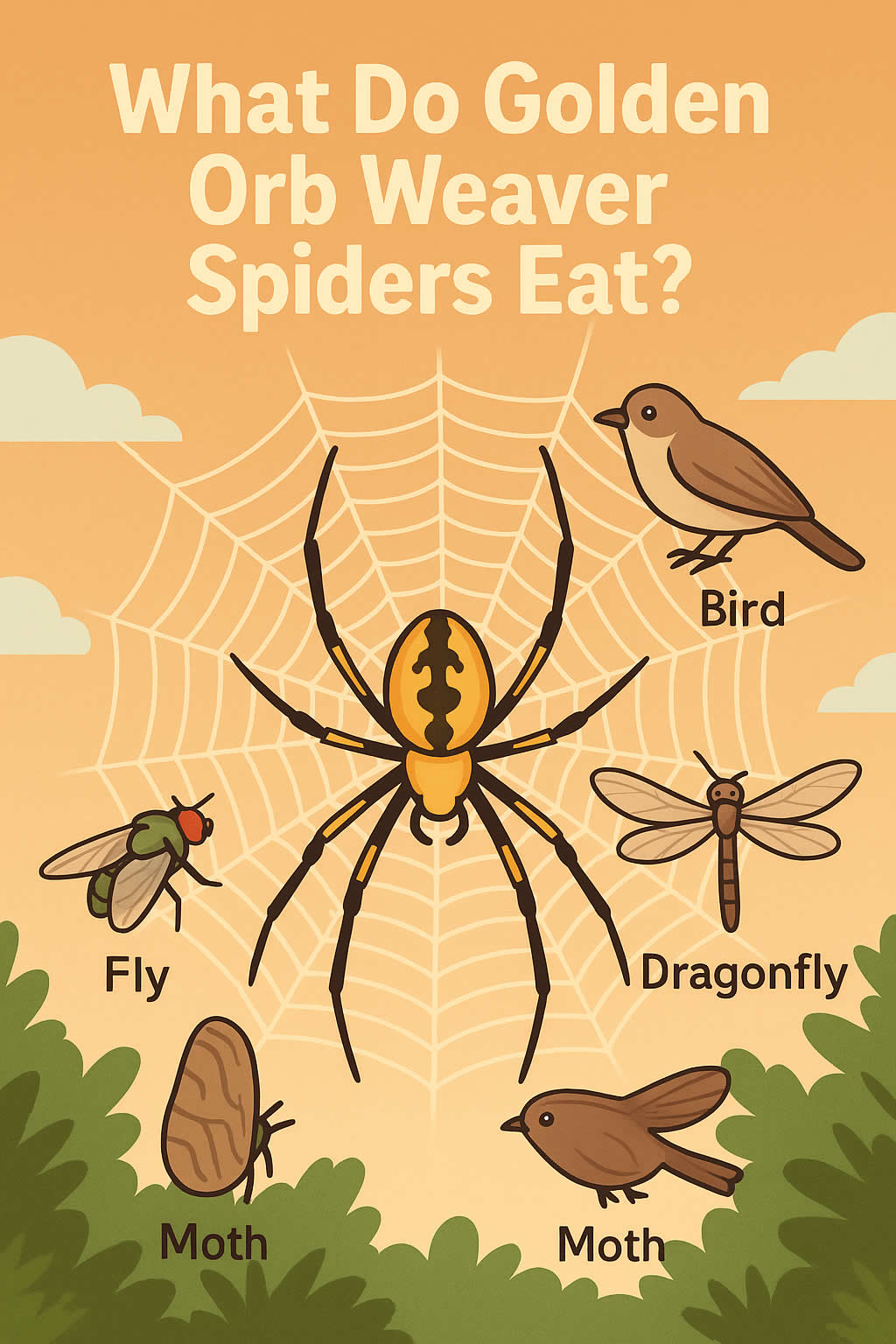Related Queries
ToggleSpotting a small rodent indoors can be unsettling enough, but it’s often made worse by not knowing exactly what you’re looking at. One of the most common questions people ask is whether they’ve seen a baby rat or just an adult mouse. At a glance, the two can look remarkably alike. A juvenile rat is about the same size as a grown mouse, so size alone isn’t always a reliable guide.
Understanding the difference matters for several reasons. Mice and rats may share certain habits, but they present different levels of risk to your home and health. Both can spread bacteria and contaminate food, yet rats are generally stronger, more destructive, and linked with more serious diseases. Knowing whether you’re dealing with mice or rats helps you choose the right control method before the problem escalates.
Confusion often arises because people assume any small rodent must be a mouse. In reality, many homeowners are surprised to learn that young rats don’t look much like the tiny pink babies we imagine. By the time they venture out into open spaces, they’re already about the size of a mouse. That’s when the similarities become confusing.
The good news is there are several physical traits and behaviours you can check that will help you tell the difference at a glance. Features like the shape of the head, the proportion of the tail, the size of the feet, and even the way the rodent moves are all reliable clues. With a bit of observation, you’ll be able to distinguish one from the other quickly and confidently.
Young Rat vs Mouse: Detailed Comparison
Before diving into the detailed descriptions, here’s a full side-by-side breakdown of the most important differences between a young rat and a mouse. This table is designed to give you a clear picture at a glance, whether you’re looking at physical features, habits, or signs they leave behind.
| Feature / Sign | Young Rat | Mouse |
| Size & Build | Stocky, thicker body even when young; heavier limbs | Slim, lightweight, fine-boned |
| Tail | Thicker, scaly, appears shorter compared to body length | Long, thin, often covered with fine hair |
| Head Shape | Broad head with a blunt nose | Triangular head with a pointed nose |
| Ears | Smaller and proportional to body, sit close to head | Large, prominent, appear oversized for body |
| Feet | Large hind feet, often out of proportion to the rest of the body | Small, neat feet in proportion to body size |
| Movement & Behaviour | Cautious, tends to hug walls and avoid open spaces; slower and more deliberate | Bold and curious, often seen darting across open spaces; very quick and light on feet |
| Droppings | Larger (about 1–2 cm), capsule-shaped with blunt ends | Much smaller (about 3–6 mm), thin and pointed at both ends |
| Gnaw Marks | Stronger, wider bite marks due to more powerful teeth | Finer, smaller nibble marks |
| Lifespan & Growth | Grow quickly; by the time they venture out, they’re already mouse-sized | Smaller throughout life, don’t grow beyond adult mouse size |
| Health Risks | Can spread diseases like leptospirosis, salmonella, and hantavirus; more destructive to property | Spread bacteria and contaminate food but generally less destructive than rats |
| Nesting Habits | Often build burrows outdoors or nest in hidden, insulated indoor spaces | Nest in small, hidden areas indoors, often using shredded paper or fabric |
| Signs of Infestation | Grease marks along walls, strong odour, louder gnawing noises | Tiny droppings scattered, lighter scratching sounds, faint musky smell |
Size
A young rat may be the same length as a mouse, but it has a heavier build. Mice are fine-boned and light, whereas a rat—even a juvenile—appears thicker through the body. If the rodent looks slim and delicate, you’re probably dealing with a mouse. If it looks more solid with thicker limbs, it’s likely a young rat.
Tail
The tail is one of the easiest giveaways. Mice have thin, almost hair-covered tails that appear long in proportion to their bodies. Young rats, on the other hand, have thicker, scaly tails that look shorter when compared to their body length. A rope-like, less furry tail points towards a young rat.
Head Shape
Look closely at the head. Mice usually have small, triangular heads with a sharp nose. Rats have broader heads and blunter noses, even at a young age. If the face seems heavy and less pointed, it’s probably a rat.
Ears
Mice are famous for their big ears. On an adult mouse, they appear almost oversized for the body. Young rats, in contrast, have ears that are smaller and more in proportion to their heads. If the ears dominate the head, think mouse. If they’re modest and sit closer to the skull, think young rat.
Feet
Check the feet if you can. Mice have tiny, neat feet that fit their size. Young rats, though, have noticeably bigger hind feet that often seem too large for their bodies. This feature can be a quick clue if you get a clear view.
Behaviour
Behaviour often gives the game away. Mice are curious and bold, darting out into the open and exploring. They move lightly and quickly. Young rats are usually more cautious, staying close to walls and avoiding open spaces for too long. If the movement seems nervous and deliberate, it could be a rat. If it’s quick and darting, likely a mouse.
Frequently Asked Questions
Are baby rats dangerous?
Yes. Even when young, rats can carry harmful bacteria and spread diseases such as salmonella and leptospirosis. They can also gnaw on wiring, wood, and food packaging. A small rat today can quickly become a fully grown adult capable of causing serious damage.
Can mice and rats live together?
Not usually. Rats are larger and more aggressive, which means they tend to drive mice away if both try to live in the same area. If you think you have both species, chances are you’re more likely dealing with rats, as they dominate shared spaces.
Do young rats look like adult rats?
They do, but in miniature form. By the time rats leave the nest, they already resemble adults, just smaller. They grow rapidly, which is why they’re often confused with mice—they’re about the same size but carry the same broad features of a rat.
What should I do if I’m not sure whether it’s a rat or a mouse?
If you’re uncertain, look for signs such as droppings, tail thickness, and behaviour. Use the comparison chart above as a quick reference. If the problem persists, it’s best to seek professional advice before an infestation develops.
What to Do Next
Spotting whether you have mice or young rats matters because it affects how you deal with the problem. Mice are troublesome enough, but rats can cause more damage and carry bigger risks.
If you’ve noticed droppings, gnaw marks, or scratching noises in your home, don’t wait for the problem to get worse. Both species breed rapidly, and one rodent can quickly become many.
Here at How To Pest Control, we share practical advice, product guides, and do-it-yourself tips to help you tackle issues like this. If you’d rather not handle it yourself, we can also connect you with trusted local pest control professionals who can deal with it safely and thoroughly.
Pest Control Skimpot – Pest Control Melchbourne – Pest Control Essex

